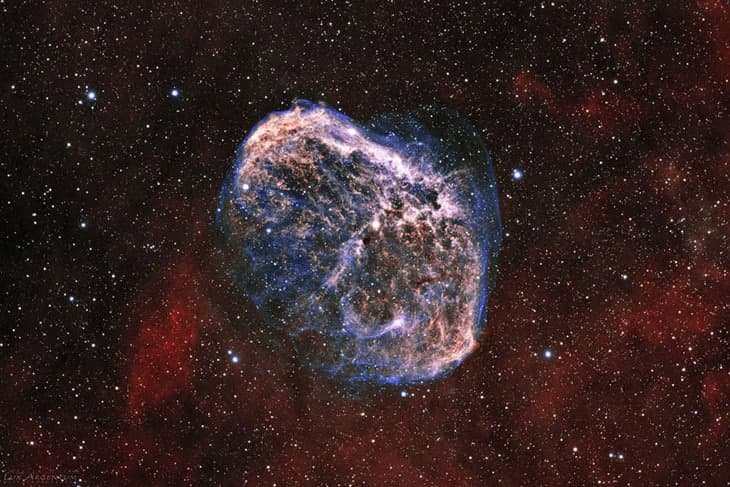As we grasp that, humans are conscious because we can endure and feel things. But scientists and researchers are unable to tell what is meant by consciousness is and are completely confused about where it comes from.
Johannes Kleiner who is a mathematician and theoretical physicist told that “Consciousness–or better, conscious experience– is a part of reality. We’re all holding it but without explaining how the consciousness agrees to the perceived physics, the understanding about the universe is incomplete for us”.
Keeping this thing in mind, Kleiner is expecting from math will enable to define what consciousness is, in collaboration with Sean Tull, a mathematician at the University of Oxford, U.K., by a point of philosophical view called panpsychism.
This thing ensured to claim it is inherent in each tiniest part of matter — an idea that infers the fundamental building blocks of reality have deliberate experience. Therefore, it signifies consciousness could be located throughout the universe.
Can Quantum Mechanics help us to infer the Cosmos?
If the researchers can clarify how our brains transmit growth to subjective experience, there’s a chance their mathematical model could external to inanimate matter too, they said. “A mathematical theory can be implemented to many various systems, not just brains,” Kleiner mentioned All About Space via email. “If you grab a mathematical form of consciousness based on data gathered from brains, then you can appropriate the model to other systems, for example, computers or thermostats, to understand what it speaks about their conscious practice too.”

Some leading minds confer weight to the view of panpsychism, not least renowned Oxford physicist Sir Roger Penrose, who was amid the first academics to recommend we go beyond neuroscience when staring at consciousness. Some prominent minds confer weight to the view of panpsychism, not limited to renowned Oxford physicist Sir Roger Penrose, who stood among the first academics to offer we go beyond neuroscience when looking at consciousness.
He says we should strongly acknowledge the part of quantum mechanics and in his book issued in 1989 “The Emperor’s New Mind: Concerning Computers, Minds, and the Laws of Physics” he claimed that human consciousness is non-algorithmic and an outcome of quantum effects.
This belief evolved in collaboration with the anesthesiologist and psychologist Stuart Hameroff within a hypothesis summoned Orchestrated Objective Reduction (Orch OR). It claims consciousness is possible due to quantum vibrations in microtubules buried within brain neurons as exposed to the conventionally continued belief that it is due to connections between neurons.
Importantly, nevertheless, “Orch OR intimates there is a connection between the brain’s biomolecular methods and the basic structure of the universe“, according to a statement published in the March 2014 paper “Consciousness In The Universe: A Survey of the “Orch OR” Theory”, signed by Penrose and Hameroff in the journal Physics of Life Reviews.

Furthermore, it’s on this principle that Kleiner and Tull are running. They are also assisted by neuroscientist and psychiatrist Giulio Tononi, distinguished chair in Consciousness Studies at the University of Wisconsin.
IIT says consciousness is a vital aspect of reality; that it survives and is structured, specific, unified, and definite. A core idea suggests it will emerge when erudition moves between the subsystems of an overall system: to be conscious, an item has to be single and creed and must occupy a property called “phi” which is dependent on the interdependence of the subsystems.
In other words, you could have a stack of coins on your desk, on top of several sits a bundle of neurons. If erudition which travels along those pathways is essential for those coins, then you’ve dressed a high phi and consequently consciousness.
If those coins could serve perfectly well as subsystems without data flowing to and from other coins, then there is no phi and there is no consciousness. The more comprehensive the interdependency between subsystems, the more informed something will be.
“Multicultural information is an intellectual quantity which you can measure if you have a good accurate description of the system,” Kleiner stated, adding that the system does not have to be biological.
